Forty years ago, Wilmington's first feature film was made. It wasn't 'Firestarter.'
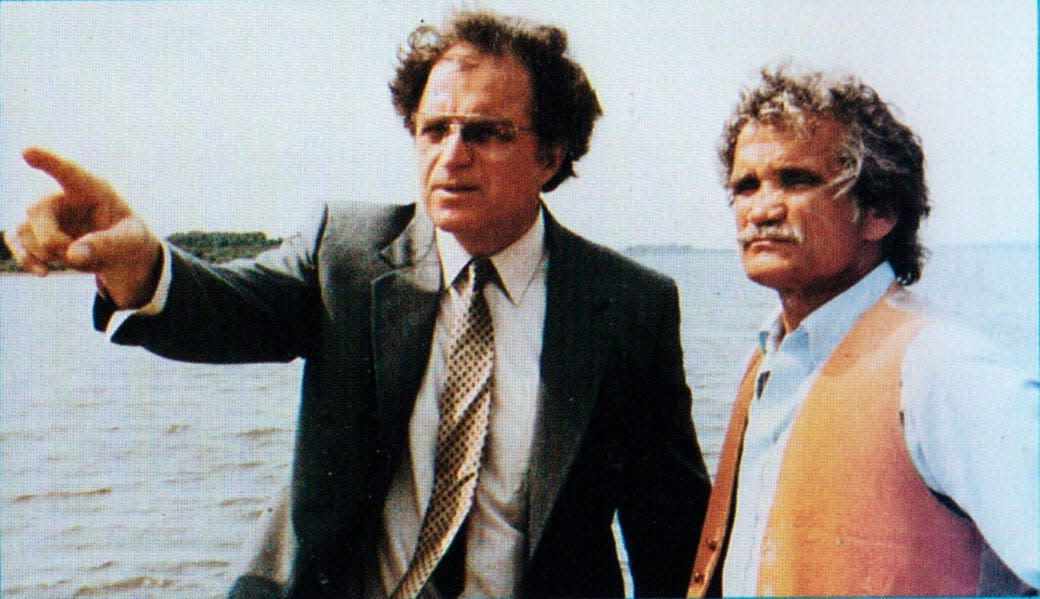
- Oops!Something went wrong.Please try again later.
This year marks the 40th anniversary of Wilmington becoming a film town.
In the late summer and fall of 1983, "Firestarter" filmed in and around the Wilmington area. It brought big-name stars to town (Drew Barrymore, David Keith, George C. Scott and Heather Locklear, for starters) and introduced the Port City to Italian producer Dino De Laurentiis, who'd later open a movie studio that remains here to this day. The rest is history.
Except, if you dig into the history a little bit, "Firestarter" wasn't really the first feature film made in Wilmington after all. That honor would go to "The Fix."
Filmed in Wilmington in June of 1983, two months before "Firestarter" came to town, it was the first production to give the Port City a real taste of movie magic, with an action-laced story about a corrupt businessman/secret drug kingpin who uses an unwitting country band to move his product around the South.
And while the aftertaste may have been more of B-movie magic, "The Fix," which shot under the title "The Agitators," still caused a fair amount of agitation in Wilmington, whose population was just 44,000 in 1983.
'The Fix' is in
The cast of "The Fix" included a respectable raft of recognizable character actors, including Vince Edwards (TV's "Ben Casey") as the drug kingpin; Oscar-nominated actor Richard Jaeckel ("The Dirty Dozen") as the cop chasing him; and TV's Julie Hill ("Chico and the Man") as Jaeckel's undercover agent.
Retired StarNews reporter Ben Steelman recalled that "a near-riot ensued when Vince Edwards happened to walk into Lenny's (clothing store) on Front Street" while he was in town.
Charles Dierkop ("Butch Cassidy & the Sundance Kid," TV's "Police Woman") played a hit man and Byron Cherry (Coy Duke from "Dukes of Hazzard") was in the drug-running country music band.
The director of "The Fix" was Will Zens, a B-movie veteran who was in his early 70s by the time he got to Wilmington. Zens was (barely) known for directing films with such titles as "To the Shores of Hell," "Trucker's Woman" and rednexploitation film "Hot Summer in Barefoot County," in which a city cop goes undercover to bust a backwoods moonshiner who just happens to have three shapely teenage daughters. (Zens' direction of 1974's "Hot Summer" would indirectly lead him to Wilmington nearly a decade later, but more on that in a bit.)
A StarNews story from June of 1983 recalls crowds showing up to watch the filming of a fight/concert scene at Greenfield Lake Amphitheater, with some locals even volunteering to be extras for no pay. In the scene, the paper reported, "a beer-guzzling good ol' boy, played by Monroe native Jerry Rushing, has a bit too much and starts a fight ... that ends up in Greenfield Lake."
Other scenes were shot near the airport, at the Battleship North Carolina and on Figure Eight Island, and the production turned the old Yellow Rose Saloon on Market Street into an impromptu film studio for interior shots.
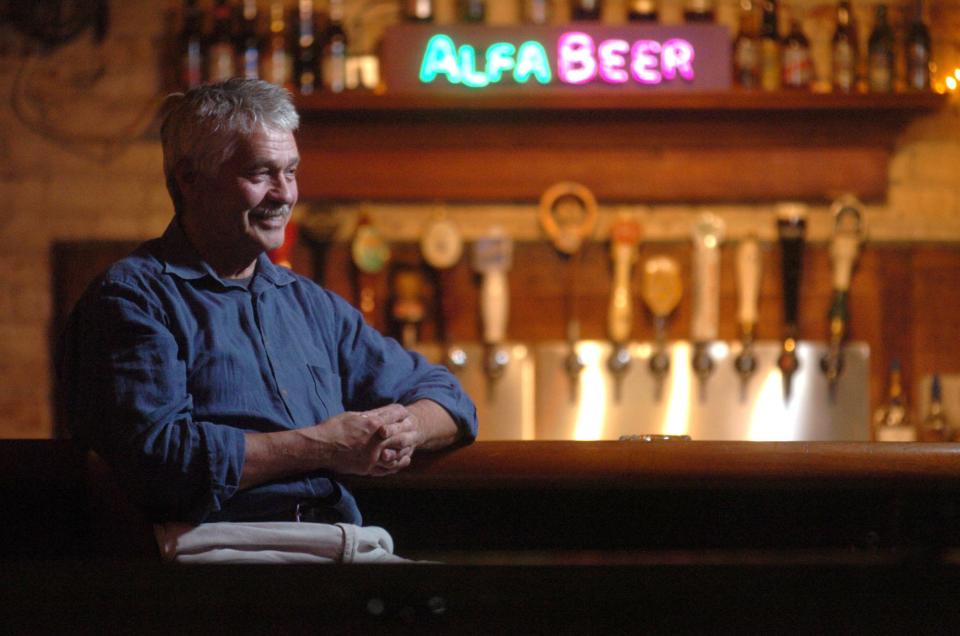
Harper Peterson, now a local business owner and former Wilmington mayor and state senator, recalled working as a crew member on "The Fix." One day, on set on a dirt road near Scotts Hill, he was painting a sign for the production when he overheard director Zens yelling at a stunt car driver for showing up late, and hungover on top of it. Zens fired the driver on the spot, Peterson said, then called out, "Does anyone around here know how to drive a car?"
Peterson piped up: "I do!"
"Well, get in that car and show me what you can do."
A few figure-8s and spin-outs later, Peterson said, he had his first and only job as a stunt driver. "I felt like I'd hit the big time."
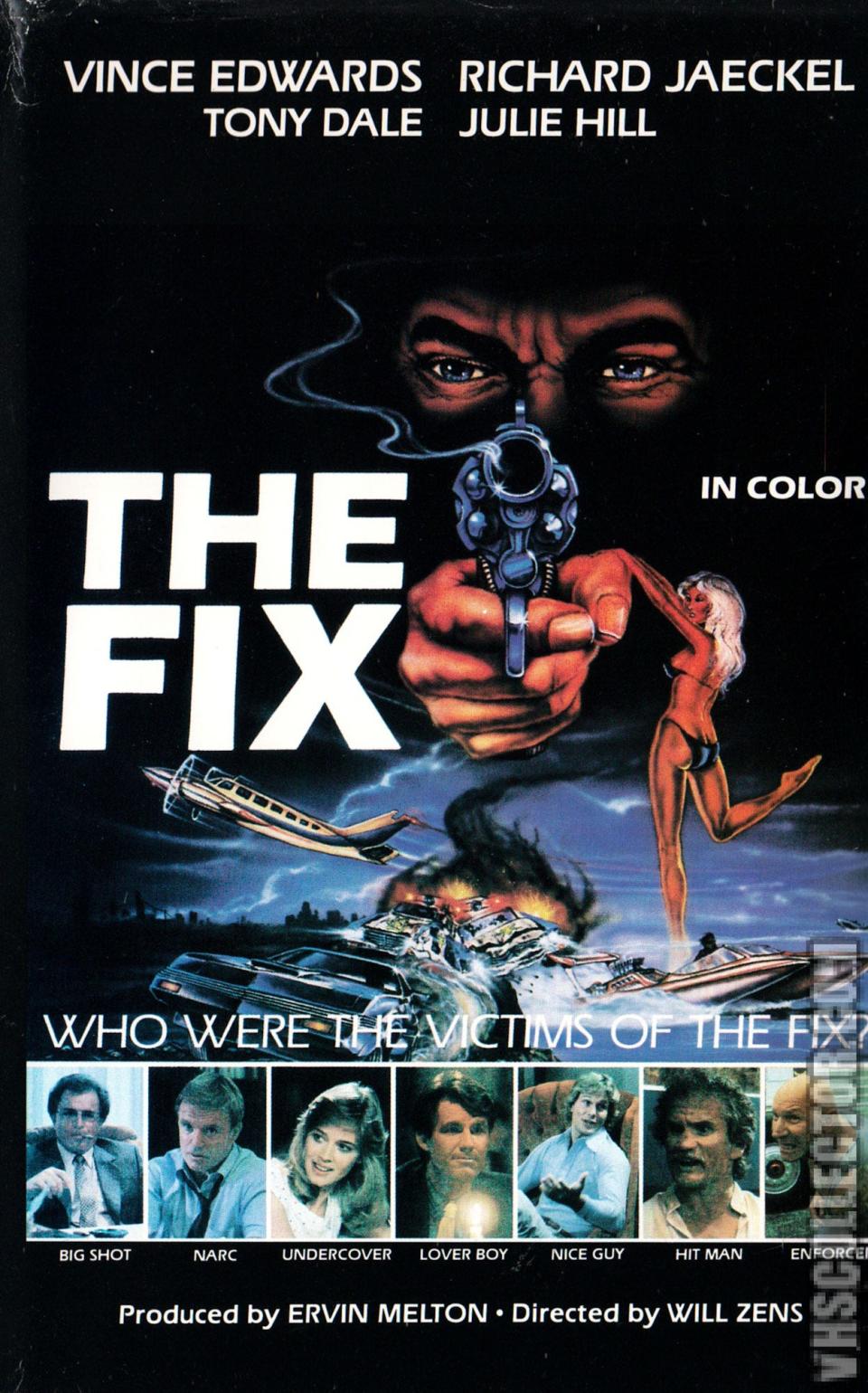
Alas, "The Fix" would not go on to achieve the stature of "Firestarter," in no small part because no one really saw it, or has seen it. It never got a theatrical release and screened for an unknown number of travelers on trains and planes before being released directly to video in 1984.
One of the only reviews of "The Fix" you can find online was written in 1985 by a direct-to-video aficionado, who allowed that it featured some "okay chase scenes" but that it was ultimately "a dull action film ... unengrossing."
More: What are the 10 most important movies ever made in the Wilmington area? Our panel decides
Roots of 'The Fix'
Questions of quality aside, the unlikely story of how "The Fix" got made in the first place is movie-worthy in its own right. It starts with a Wilmington native named Esty Davis Jr.
"He produced it. He wrote it. And he acted in it," said Davis' son, Esty Davis III, who lives in Leland.
Davis Jr., who was born in Wilmington in 1932 and died here in 2015, had longstanding show-business aspirations.
In 2008, he told the StarNews that as child in the 1940s, he and his brother James started a circus in their yard near Third and Dawson streets, charging friends a penny each to see the caged raccoons, possums and squirrels they'd collected. In high school he formed a band called The Dry Pond Ramblers, named after the neighborhood in Southern downtown Wilmington, where the band was from, and in 1953 he staged a country music show at Thalian Hall called Fun Folk Follies.
By the 1960s, Davis Jr. had achieved a measure of local fame playing Panhandle, an Old-West-style sidekick of WECT announcer George Deaton who appeared during "Six Gun Theater," a locally produced show that would air before the Westerns the TV station would show each weekend.
"(Deaton) told him, 'I can't give you any money,'" Davis III said, but his dad loved performing so much he didn't mind.
In the 2008 StarNews story, Davis Jr. said he once got mail from a local fan, a child, despite the only address on the envelope being one scrawled word: "Panhandle."
Davis III said his dad and Deaton parlayed their local fame into appearances at festivals and fairs throughout the area. Eventually, they turned the appearances into a mini-variety show, with clogging, country music bands and even some Tweetsie-Railroad-style staged shootouts.
"These shows got to be really popular," Davis III said.
In the early 1970s, Esty Davis Jr. landed the part of a backwoods Southernor in a North Carolina-made rednexploitation film called "Preacherman," with soap opera actress Ilene Kristen (later of "Ryan's Hope" fame) playing Davis' lacivious daughter.
"Preacherman" was widely viewed at drive-ins and movie houses throughout the South, even attracting the attention of the New York Times for a story about movies that thrived on what it called the "Southern drive-in circuit," saying the film cost $65,000 to make but grossed $5 million in ticket sales, despite what the Times deemed its sub-B-movie quality.
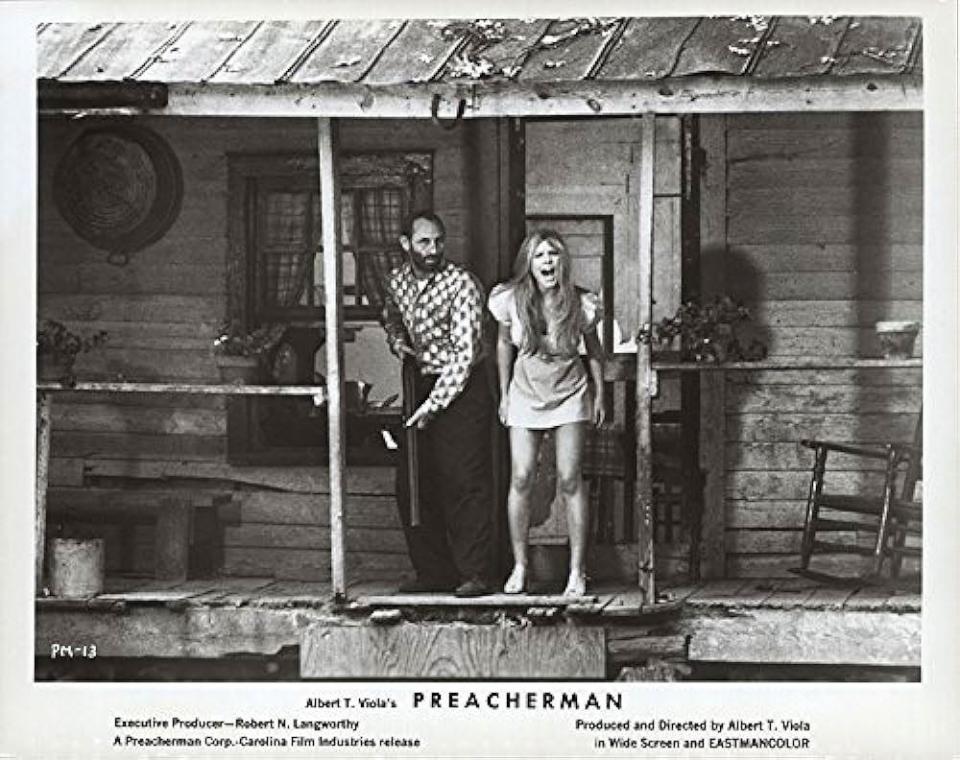
Davis III said his dad "took his two weeks of vacation from Babcock and Wilcox" fabricating industrial steam boilers at one of Wilmington's biggest employers at the time, and shot "Preacherman" near Charlotte. When the movie came to screen in conservative Wilmington a couple of years later, Davis said, "My dad was a little bit nervous" because of the film's rampant risque humor and occasional nudity.
Still, Davis III said, "Preacherman" got his dad thinking, "You know, we could just make movies here."
Davis Jr. teamed up with Wilmington's Lance Smith Jr. to write a script they would title "The Agitators," later retitled "The Fix." Zens, who had directed "Hot Summer in Barefoot County" for the producer of "Preacherman," would also get a writing credit.
Davis III said his dad and Smith set out to write an action film set in the South that didn't turn Southerners into caricatures or treat them like they were straight out of "Li'l Abner" or "The Beverly Hillbillies."
Smith's dad, Joseph Lansing "Lance" Smith Sr., was a local CPA known as being one of the last owners of Wrightsville Beach's fabled Lumina pavilion. Smith Sr. and local real estate developer George Harriss, who served as executive producer, incorporated Reverie Films and even secured an investment from legendary NASCAR driver Hoss Ellington, who lived in Wilmington.
"They raised the money," Davis said, hired Zens to direct and soon enough, against all odds, Hollywood actors were flying into Wilmington. Wilmington had no crew base at the time, so most crew came in from Charlotte or Atlanta.
Davis III was working a full-time job at the local DuPont plant at the time, he said, but took a couple of weeks off to help his dad as a transportation driver on "The Fix."
"It was fun for me," he said.
Davis III said he doesn't know what the film's budget was, but somewhere in the six figures seems likely. The investors made their money back, he said, but his father "didn't get hardly any money for any of this."
More: 11 legendary movie characters that made Wilmington a film destination
A fixture of history
How does "The Fix" figure into Wilmington film history? Well, according to Esty Davis III, while his dad was ramping up to make "The Fix," he got a call from Bill Arnold, who was North Carolina's first film commissioner.
"He said, 'I've got a guy here I want you to talk to,'" Davis III said. "'He wants to build a movie studio somewhere in the South.'"
That guy was Dino De Laurentiis. A line from Davis Jr. 2015's obituary proclaims that "his actions were instrumental in showing Mr. De Laurentiis that Wilmington, N.C., was a perfect location for his new motion picture studio."
After "The Fix" and "Firestarter" had wrapped, Davis Jr. went to work for what was then known as DEG Studios off and on for a number of years, building and decorating sets for films including "Cyborg," "Maximum Overdrive" and "King Kong Lives," and training crew members who would go on to long film careers.
Of course, "Firestarter" and De Laurentiis had an undeniable impact in bringing big-budget films to Wilmington. The Italian producer had things the locals behind "The Fix" just didn't have, like budgets in the millions of dollars, access to big-name stars and writers (Stephen King, on whose novel "Firestarter" was based, co-wrote the screenplays for several early Wilmington films), and experience producing well over 100 movies.
But to Esty Davis III, his dad and other locals who worked on "The Fix" helped create the environment that turned Wilmington into Wilmywood.
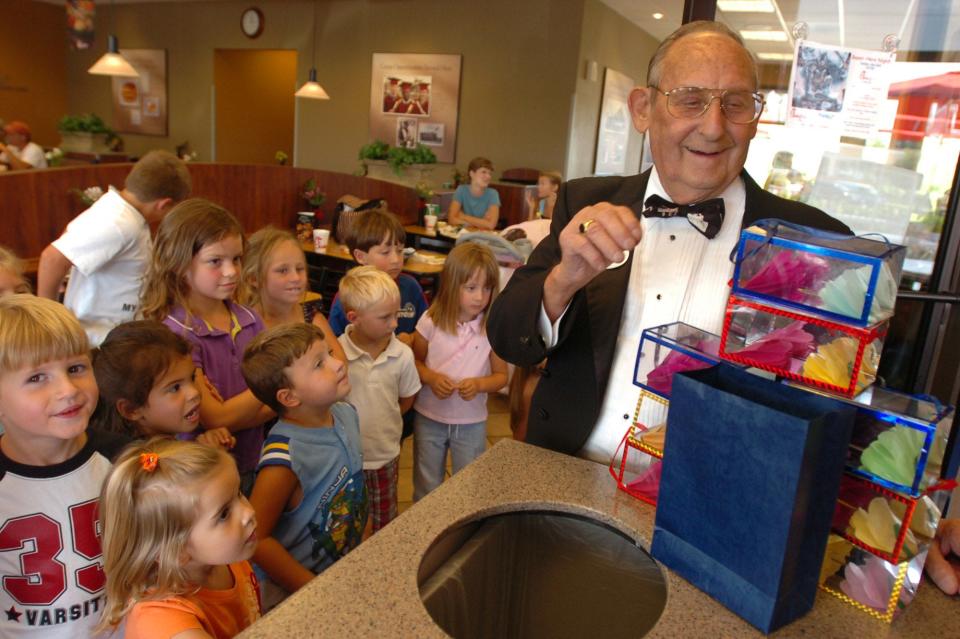
Davis said his father never sought recognition for his role, and a 2008 StarNews profile of Davis Jr. doesn't even mention "The Fix." But to his mind, "My dad is the reason there is a studio in this town," Davis III said. "He doesn't get the credit he deserves."
Esty Davis Jr. never got performing out of his blood. In the 2000s, he could often be found at the Chick-fil-A in Mayfaire, where he worked as "The Magic Man," doing magic tricks for children.
This article originally appeared on Wilmington StarNews: First movie made in Wilmington NC? The Fix, before Firestarter in 1983

